Hanmaum Seon Center of
Jinju
Hanmaum Seon Center of Jinju is dedicated to helping all beings learn to rely upon and discover their inherent Buddha-nature. In so doing they can discover this interconnected whole that we call Hanmaum, or one mind. In awakening to this and learning to live in tune with it, each of us can go forward on our own path of spiritual evolution with energy, wisdom, and as a blessing to all around us.
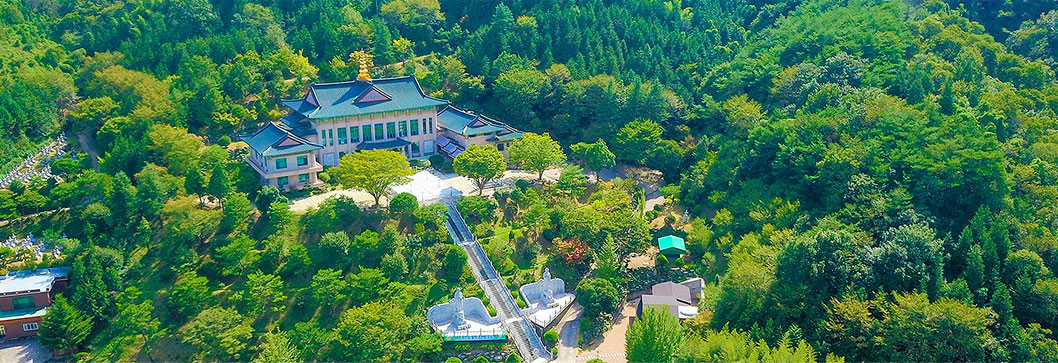
Tucked into the quiet hills of Jinju, our center is a peaceful place where daily life and practice become one. Since 1992, we’ve welcomed all
who seek peace, offering meditation, Sunday services, a children’s Dharma hall, and family-style gatherings. At the heart of our practice
lies a simple truth: “Everything arises from, and returns to one mind, thus, your everyday life is where awakening happens,
not somewhere else.”
Ven. Hye Geun and our community are here to walk beside you, whether you're new to this path or deepening your journey.
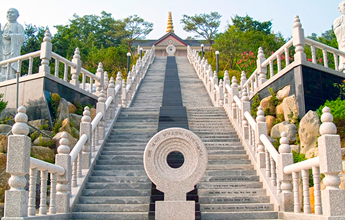
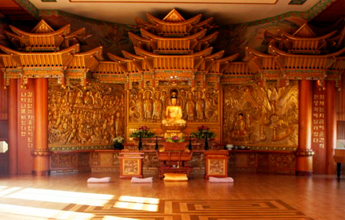

Memorial Stupa Park, Jinju
This park was created through the great aspiration of Seon Master Daehaeng, who envisioned a peaceful resting place for ancestors on the center’s grounds. It was built on the principle of Hanmaum—that all things arise from and return to one mind. Here, the spirits of our ancestors can return to that one mind, bringing a deep and lasting peace to both them and their descendants. The park held its opening ceremony on April 23, 1995, and is now home to about 100 memorial stupas.
The Origin of the Memorial Stupa (Yeongtap)
During the Silla Dynasty, Seon (Zen) Buddhism arrived from Tang China and flourished, establishing Nine Mountain schools across the nation. Disciples of these great masters deeply revered their teachers. They recorded their talks and, after a master’s passing, would build a stupa to house their relics and ashes, preserving their legacy for future generations. This was the beginning of the memorial stupa, or yeongtap, in Korea. While the exact date of the first stupa is unknown, records suggest that one was built for Master Won Gwang around the 7th century, marking an early example of this beautiful tradition in Korea.
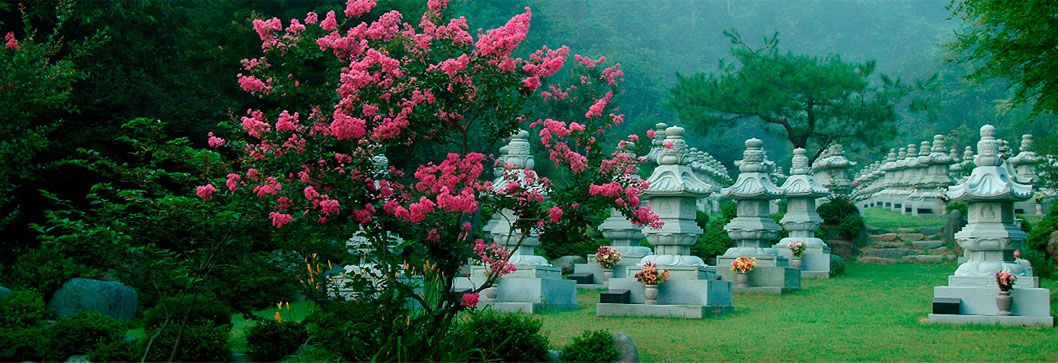
A Truer Way of Honoring Our Ancestors
This body, made of elements, is just a set of clothes that our eternal, true self wears for a little while before setting it aside. Because of this, truly honoring our ancestors lies in guiding and tending their true essence, not in clinging to the physical form they once wore. After a life ends, the body returns to the four elements of earth, water, fire, and air. To be overly attached to these physical remains is a fleeting and empty gesture. It can even hinder the journey of those who have passed on and need to find a new beginning.
A Stupa of Merits, Prepared in Life
More and more people are choosing to arrange for their own memorial stupas while they are still alive. This is a beautiful practice for both themselves and for their families. It is an act of letting go of attachment to the physical body, honoring the natural way of things, and easing the path for future generations. Just as we hold memorial services for ancestors during the Baekjung (Ullambana) festival on the 15th day of the 7th lunar month, arranging for a stupa while one is still alive is a way of building merits that ripple outward, bringing peace to oneself and those who follow.
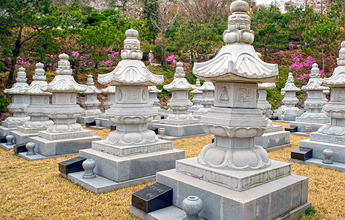
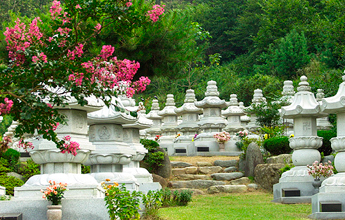
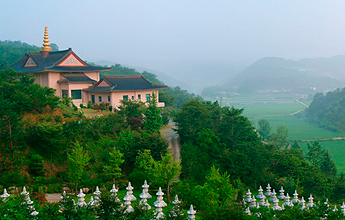
- Address 528-40, Obang-ro, Micheon-myeon, Jinju-si, Gyeongsangnam-do, 52602 Republic of Korea
- Tel Tel. +82-55-746-8163 / +82-55-746-7825
- eMail onemind@hanmaum.org
